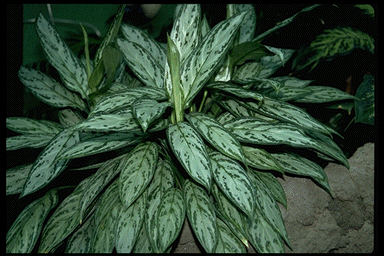|
THE JKL HERBAL /SUPPLEMENT REFERENCE GUIDE |
|
||||||
|
|||||||
Reprinted with permission from the book From Magic
to Medicine
Alphabetical Herb List
FENNELFennel is aromatic and purported to work on the pleasure center of the brain by stimulating the release of endorphins which results in an euphoric state of mind.Fennel is categorized as a “galactogogue” which is a word that the ancient Greeks used to mean, “to bring milk”. Breast feeding mothers may use it to stimulate production of milk. A half-cup of fennel juice is pleasant to the taste and smells like licorice. Try half a cup to unwind.
Fennel seed is categorized as a “galactogogue” which is a word that the ancient Greeks used to mean, “to bring milk”. Breast feeding mothers may use to stimulate production of milk. To use make a tea by steeping 1/3 teaspoon of crushed seeds into a cup and boiling for 10 minutes. Allow cooling if you are giving to a youngster. As an aid for digestion you can chew a handful of seeds or try an infusion of tincture. The traditional use for fennel is to stimulate menstruation. CAUTION: Pregnant women should avoid because of its ability to act like the female sex hormone estrogen.
Because of it´s soothing properties, it if sometimes taken internally for stomach problems. The taste of the seeds is akin to maple sugar and can be used as a spice when cooking. Also, has been used for bronchitis, fevers and gargled for sore throat. A poultice is prepared by pulverizing seeds for fistulas, furuncles, gouty pains, neuralgia, sciatica, sores, swollen glands, wounds, tumors, and skin irritations. A preliminary study in Israel has reported that when 15-grams of fenugreek seed is mixed with water and eaten at mealtime, it lowers the high after meal blood sugar levels for non-insulin dependent diabetics. Also reported to alleviate depression. Has been used “with excellent results” to alleviate allergies, migraines, emphysema, intestinal inflammation, ulcers, and sore throats. Fenugreek is categorized as a “galactogogue” which is a word that the ancient Greeks used to mean, “to bring milk”. Breast feeding mothers may use to stimulate production of milk.
Prevents migraine headaches, soothes indigestion, relieves cramps due to menstruation, lower blood pressure. Several studies have shown that relief from migraine headaches can be found with feverfew. It was found in studies done in England that people who chewed fresh leaves or took capsules of ground, dried leaves experienced fewer and less severe headaches. Has been used to treat fever, joint pain, menstrual pains, stomach aches. Feverfew also has been used in relaxing smooth muscles of the uterus, promoting menstrual flow and inhibiting platelet aggregation and excessive blood clotting. DOSAGE: To use, simply chew on the leaves. Also, you can make an infusion by adding ½ to 1 teaspoon of dry leaves to boiling water and allowing it to steep for 5 to 10 minutes. Health Canada suggests a dose of 125 mg of dried feverfew leaf capsules (standardized to 0.2% parthenolide) for the prevention of migraines. CAUTION: Chewing leaves can cause irritation around the lips, tongue and mouth. It is considered as generally safe. Do not use if pregnant or if allergic to members of the daisy family (ragweed, German chamomile). If you are a migraine sufferer then you should know that many of the tablets and extracts found commercially available contain little or no active ingredients. These products will do nothing for your pain. It may be best to grow it yourself and chew on the leaves.
|
